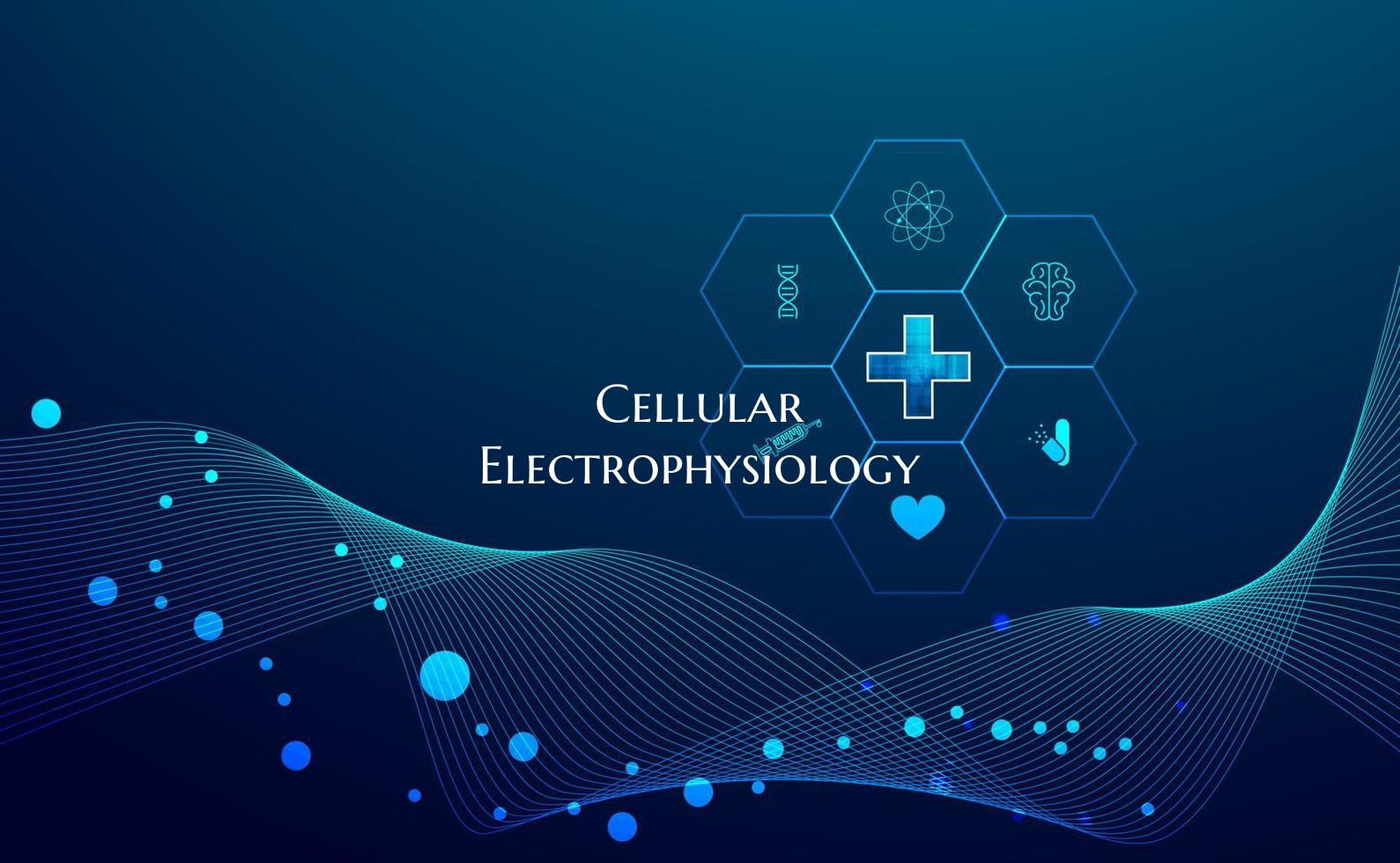
Cellular Electrophysiology
Cellular electrophysiology is a fascinating field that delves into the intricacies of how electric currents within cells contribute to various physiological functions. At the core of this discipline lies the study of ion channels, membrane potentials, action potentials, and the overall electrical activity of cells.
1. Ion Channels: These integral membrane proteins play a pivotal role in regulating the flow of ions across cell membranes. By selectively allowing specific ions to pass through, ion channels influence the membrane potential and contribute to the generation of electrical signals within the cell.
2. Membrane Potentials: The difference in electrical charge between the interior and exterior of a cell is known as the membrane potential. This potential is primarily determined by the distribution of ions across the cell membrane and serves as the basis for many cellular processes, including cell signaling and communication.
3. Action Potentials: Action potentials are rapid changes in membrane potential that propagate along the axon of a neuron or muscle cell. These brief electrical impulses are crucial for transmitting signals within the nervous system and initiating muscle contractions.
4. Electrical Activity: Various factors, such as neurotransmitters, hormones, and environmental stimuli, can modulate the electrical activity of cells. This dynamic interplay between different signaling molecules and ion channels allows cells to respond and adapt to changing physiological conditions.
5. Research and Applications: The study of cellular electrophysiology has far-reaching implications in both basic research and clinical practice. Understanding the electrical properties of cells is essential for investigating diseases such as cardiac arrhythmias, epilepsy, and neurodegenerative disorders.
In conclusion, cellular electrophysiology provides valuable insights into the fundamental mechanisms underlying cell function and communication. By unraveling the complexities of electrical signaling within cells, researchers can pave the way for new discoveries and therapeutic interventions in the realm of biology and medicine.